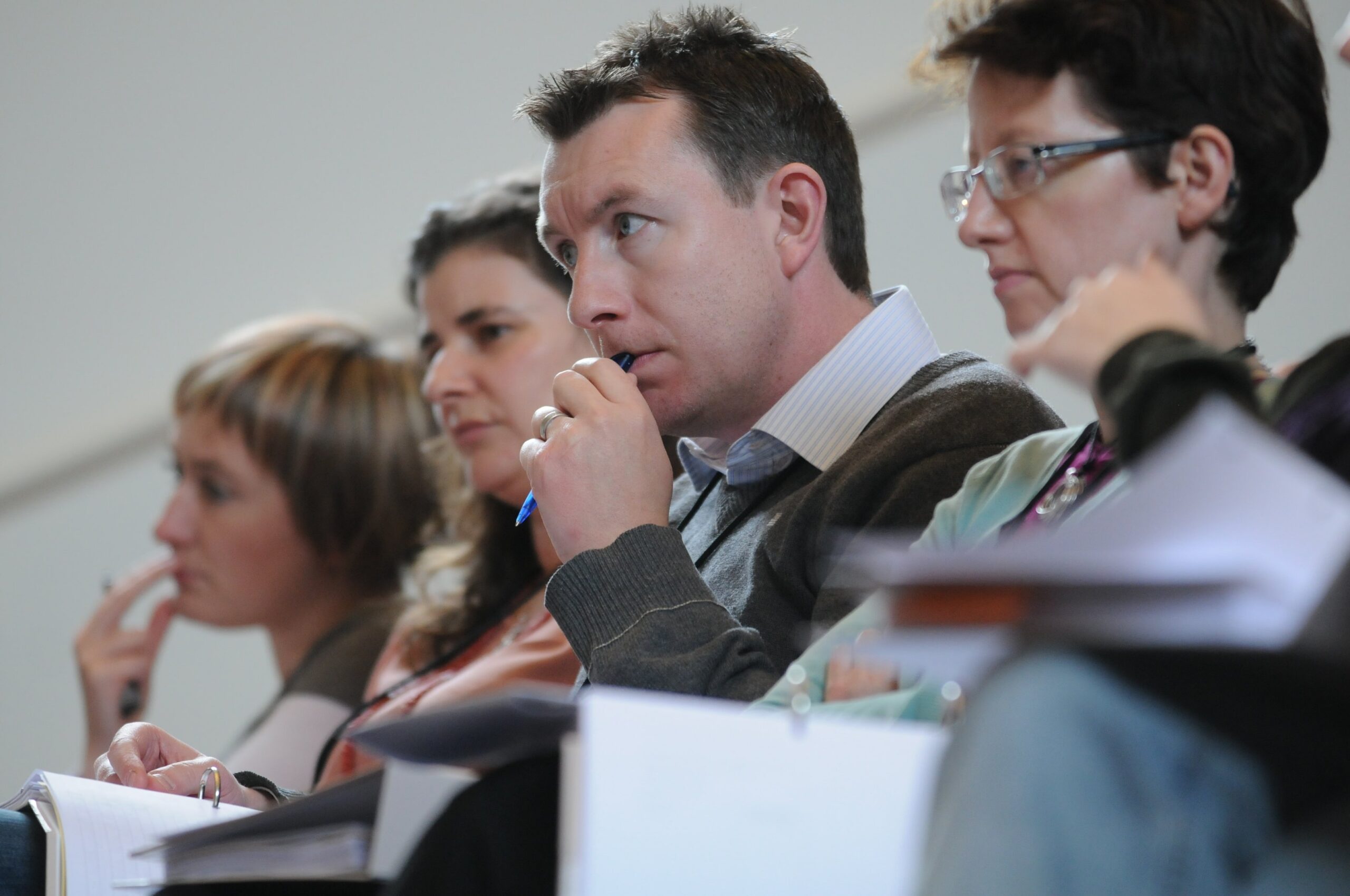
AMA professional development training
Photo: Leo Cinicolo
Guidance in good practice
A new online knowledge bank combines information and guidance on bringing art and audiences together. Pam Pfrommer gives the background to the initiative.
In the course of nearly 20 years the Arts Marketing Association (AMA) has seen a great deal of evidence of what we would call ‘good practice’ in arts marketing and audience development. What we also see though is an overworked and under-resourced group of arts professionals for whom the appetite to learn and develop more effective practice is hampered by numerous infrastructure weaknesses such as lack of opportunity, money, time and access to relevant resources.
What might appear a straightforward concept – access to good practice on marketing and audience development – can also be a challenging concept for those organisational leaders, marketers and practitioners in terms of where to look and what to look for to help develop a stronger, more buoyant and sustainable sector.
The AMA concentrates on the arts marketing and audience development professional practice of individuals. While we have strong links with other agencies we are an advocate of, and conduit for, communication between cultural employers, employees and self-employed professionals. This means that we do not just rely on existing assumptions about the most effective methods of stimulating high-quality professional development.
Concern for developing better skills and competencies across the industry is widespread. In 2011 we produced a set of national occupational standards and a self-assessment training needs analysis tool for members to analyse their current skills and knowledge. This offers information on what professionals need to develop in order to reach and engage the public.
However, personal skills development is only one contributor to outstanding performance, excellence or competency. The importance of governance, the organisational culture, a supportive management structure, appropriate job descriptions and adequate resources are also viewed as highly significant in the development of skills. There are currently a huge number and breadth of training events (conferences, seminars, retreats and masterclasses) and resources (research reports, case studies, articles and online content) which share the insights, knowledge and techniques required to bring art and audiences together, that is, showing how to reach and engage audiences.
Many professionals are simply not aware of what research, case studies, reports and advice already exists
But at the moment there is no link between the what and the how. This means that many professionals are simply not aware of what research, case studies, reports and advice already exists. Nor do they know where to look for such information and nor can they afford to access relevant good practice to inform their own work and development needs.
To address these barriers, we are developing a one-stop-shop of free resources for all – which is open source – containing relevant knowledge on marketing and audience development good practice in one online space. This new knowledge bank will reflect a multiplicity of personal experiences in bringing art and audiences together and a willingness to share expertise and learning. The site will be a vehicle for highlighting what works, showcasing inspiring ideas and innovative methods and techniques for developing audiences.
It will give individuals access to good practice in marketing arts and cultural activity in England and further afield, offering a dynamic and free range of resources from video screencasts, toolkits and case studies, to ‘how to’ guides and frameworks used by organisations and networks. Those individuals and organisations already offering similar resources are being encouraged to share their content to complement and expand the content available to the sector. We will also signpost users to other relevant sites for resources, ideas, information and training opportunities, the latter in partnership with ArtsProfessional.
The first phase of collating resources is nearing completion. We are also developing a suite of training events to embed good practice in the sector to build confidence and competences that value the range and diversity of practitioners in our field. Our ambition for the next three years is to raise the level of knowledge around arts marketing and audience development good practice, connect with others and ensure maximum access to methods and techniques that work. This in itself should have a powerful impact on the community of knowledge held by all arts marketing and audience development professionals.
Pam Pfrommer is Knowledge Bank Content Manager for Arts Marketing Association (AMA).
www.a-m-a.co.uk
Join the Discussion
You must be logged in to post a comment.